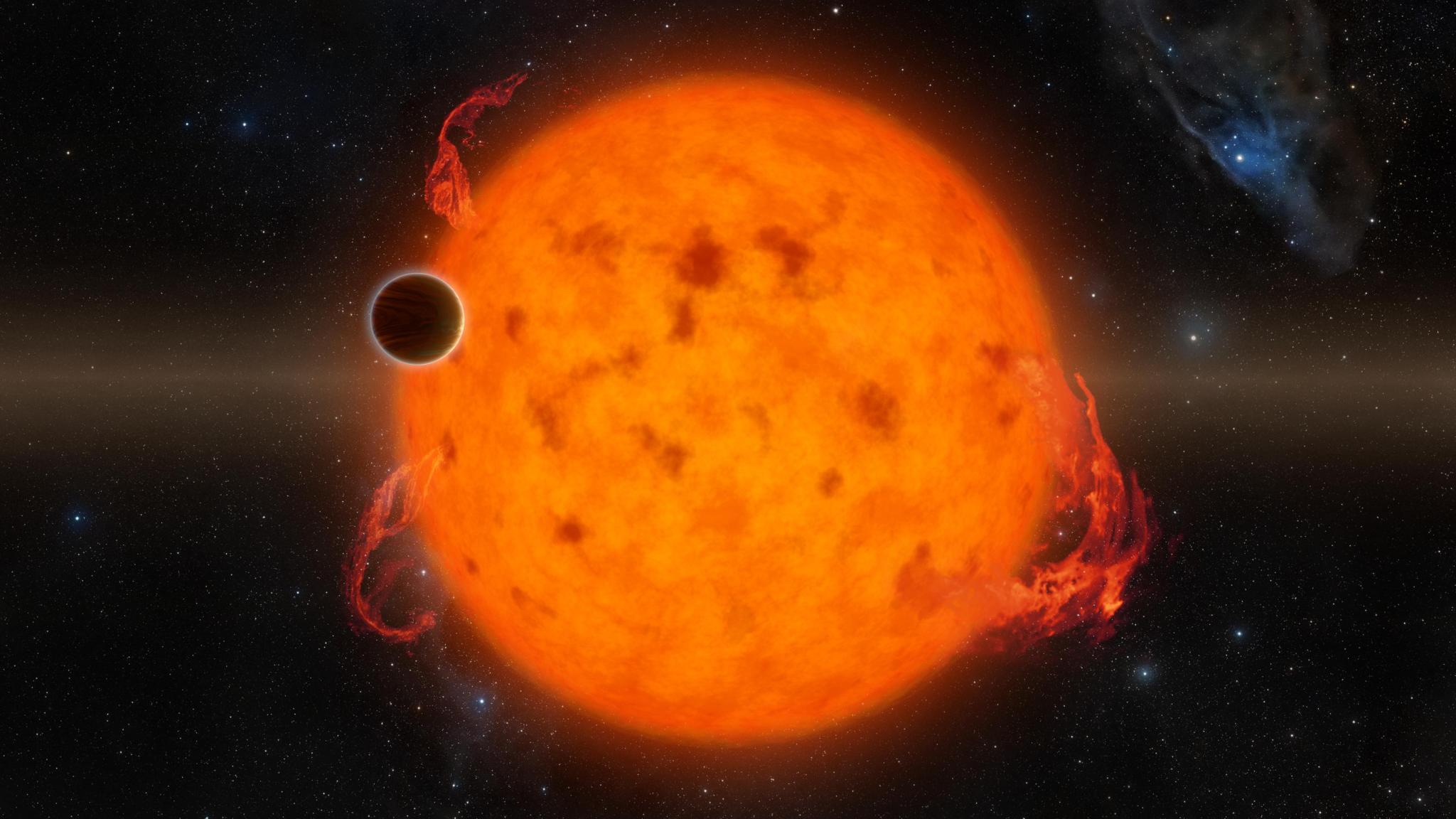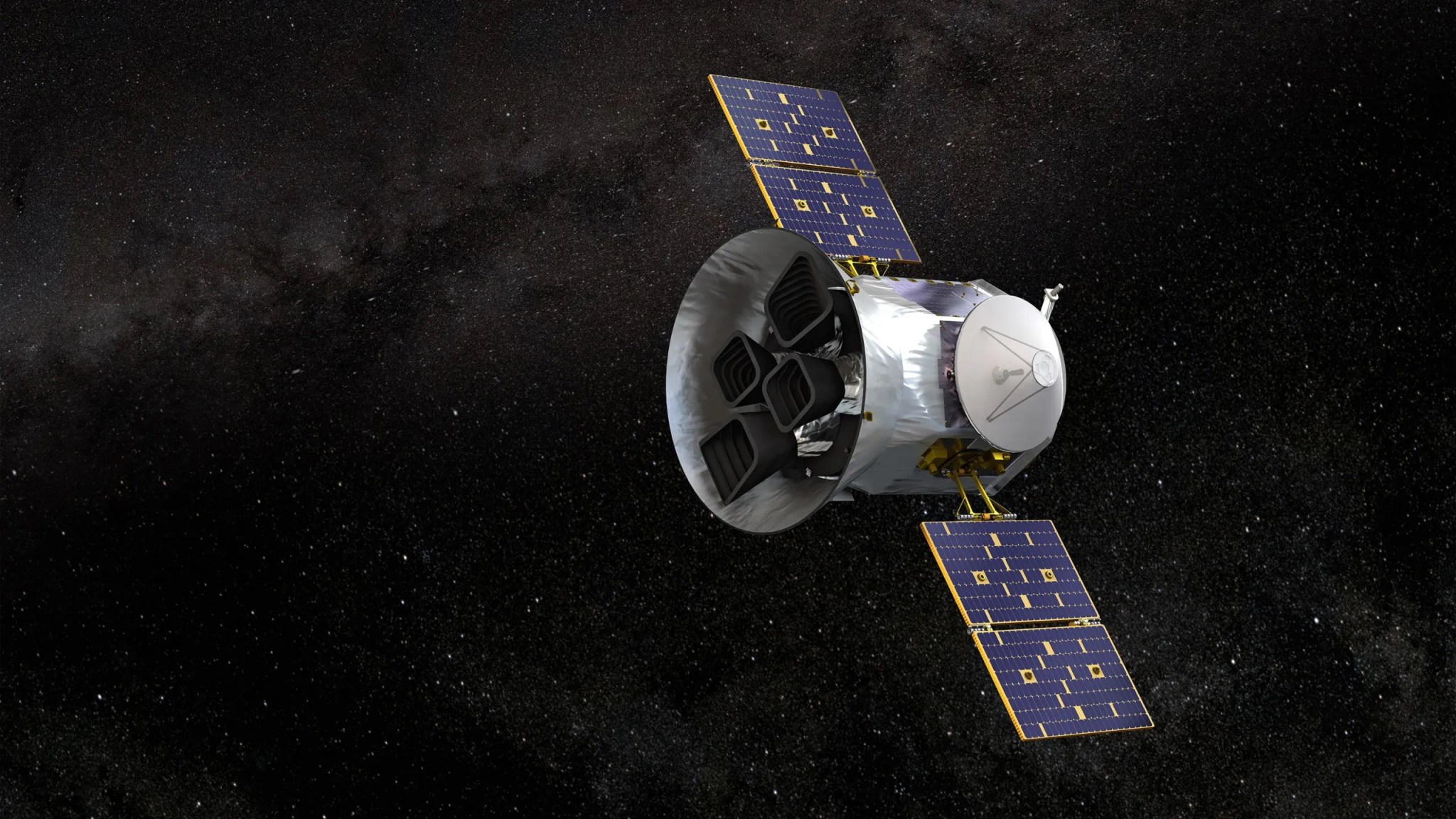5 min read

NASA's upcoming flagship astrophysics missions, the Nancy Grace Roman Space Telescope and the Habitable Worlds Observatory, will study planets outside our solar system, known as exoplanets. Over 5,000 exoplanets have been confirmed to date - and given that scientists estimate at least one exoplanet exists for every star in the sky, the hunt has just begun. Exoplanet discoveries from Roman and the Habitable Worlds Observatory may not be made only by professional researchers, but also by interested members of the public, known as citizen scientists.
Exoplanet research has a long involvement with citizen science. NASA's TESS (Transiting Exoplanet Survey Satellite) mission and now-retired Kepler mission, which are responsible for the vast majority of exoplanet discoveries to date, both made observations freely available to the public immediately after processing. This open science policy paved the way for the public to get involved with NASA's exoplanet science.
NASA's Planet Hunters TESS project invites the public to classify exoplanet light curves from TESS online. Another project, Exoplanet Watch, allows citizen scientists to gather data about known exoplanets, submit their observations to NASA's public data archive, and receive credit if their observation is used in a scientific paper. Participants don't even need their own telescope - Exoplanet Watch also curates data from robotic telescopes for users to process.







